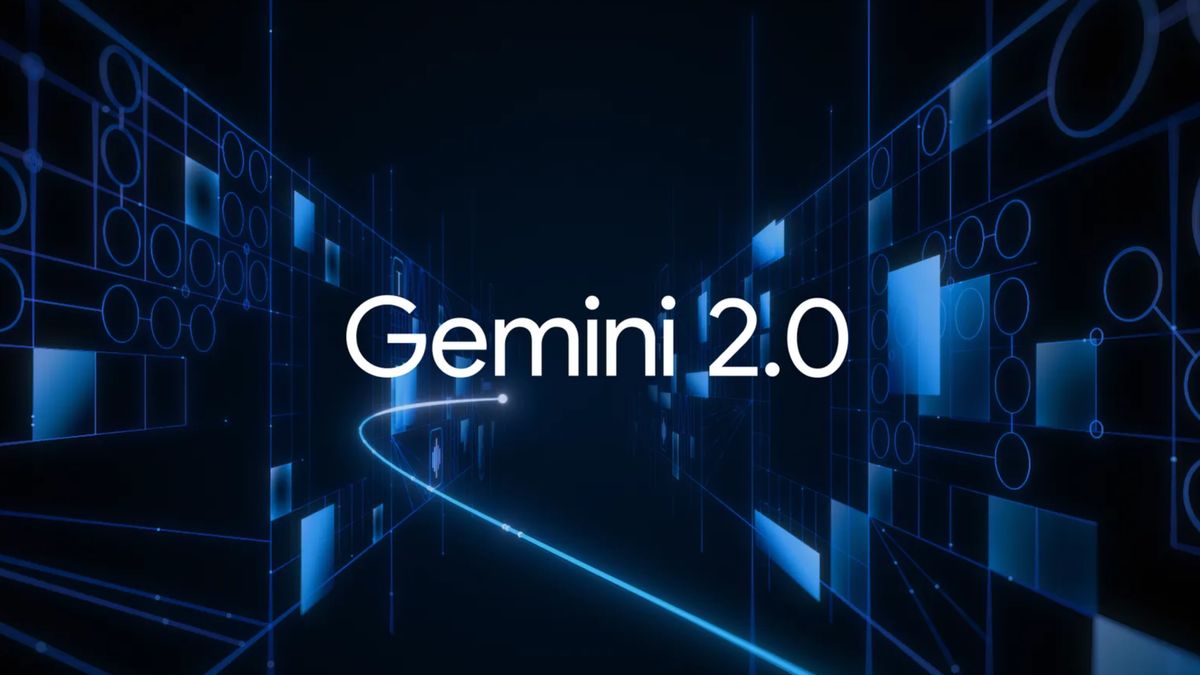President Joe Biden tested positive for COVID again on Sunday—this after testing positive Saturday in what the White House called a “rebound” case of the virus.
The president will continue the isolation he resumed Saturday, one of his physicians, Dr. Kevin O’Connor, wrote in a letter released Sunday by the White House. He said the results of the test were unsurprising.
On Sunday Biden tweeted a video of Secretary of Veteran Affairs Denis McDonough delivering pizzas to supporters of burn pit legislation gathered at the Capitol on Saturday. Biden was scheduled to deliver the pizza himself but was prevented by his COVID rebound. Instead, he met with supporters via FaceTime as McDonough held the phone.
Biden—who initially tested positive July 21, after a week of traveling across the Middle East—tested negative for the virus on Tuesday night and again on Wednesday morning of this past week, when he ended his isolation.
He additionally tested negative Thursday and Friday mornings before testing positive again Saturday morning, according to a letter from presidential physician Dr. Kevin O’Connor to White House Press Secretary Karine Jean-Pierre, obtained and posted to Twitter by a Reuters correspondent.
On Saturday the president said via Twitter that he would return to isolation despite the fact that he’s not experiencing new symptoms.
“Folks, today I tested positive for COVID again,” he wrote. “I’ve got no symptoms, but I am going to isolate for the safety of everyone around me. I’m still at work, and will be back on the road soon.”
‘Rebound COVID,’ Paxlovid and otherwise
Biden was treated with the COVID-19 antiviral Paxlovid the day he was diagnosed, according to multiple news outlets. It’s a pill approved for treatment of COVID-19 in high-risk adults like the elderly, having received emergency-use authorization from the U.S. Food and Drug Administration.
But the drug is known for “rebound” cases, referred to by the U.S. Centers for Disease Control and Prevention as “a brief return of symptoms.”
Such rebounds, however, can happen with or without Paxlovid, Andy Pekosz, virologist at the Johns Hopkins Bloomberg School of Public Health, told Fortune on Saturday.
“It’s not uncommon for people to have a positive test a few days after a negative test with COVID-19,” he said. “What I think people are more focused on these days is if this may be a Paxlovid rebound, meaning he’ll have a recurrence of the virus.”
While the U.S. Centers for Disease Control and Prevention says that COVID rebounds are rare, they could be more common than we know, as most individuals with COVID stop testing after they receive a negative result.
“The White House does a very good job of testing people on a daily basis,” Pekosz said. “They’re much more likely to catch some of these rare things with that level of frequency.”
The president’s rebound positive test was an antigen, or rapid, test, O’Connor wrote. Antigen tests are superior when it comes to gauging whether or not someone is shedding live virus and, therefore, infectious, Pekosz said, adding that a positive antigen test is “probably a good reason to go back into isolation.”
Fauci’s Paxlovid rebound
When diagnosed with COVID in June, chief presidential medical adviser Dr. Anthony Fauci was prescribed the antiviral due to his advanced age, which put him at greater risk for a severe outcome from COVID, despite being fully vaccinated and twice boosted.
Fauci later said he had experienced a Paxlovid rebound.
“After I finished the five days of Paxlovid, I reverted to negative on an antigen test for three days in a row,” Fauci, 81, said during an event at Foreign Policy’s Global Health Forum, Bloomberg reported. “And then on the fourth day, just to be absolutely certain, I tested myself again.”
“I reverted back to positive.”
Fauci later told the New York Times that Paxlovid kept him out of the hospital and stopped his infection from becoming more severe initially, saying, “Paxlovid did what it was supposed to do.”
Fauci began a second course of Paxlovid when symptoms emerged “much worse than the first go-around,” he said. In May the CDC issued a health advisory about such rebounds, saying there was no evidence that additional treatment is needed for rebound cases.
In June, Pfizer, which manufactures Paxlovid, announced that it would stop adding new participants to a trial of the drug among COVID patients at low risk of hospitalization and death. The study failed to demonstrate that the drug reduced symptoms, or hospitalizations and deaths, in a statistically significant way, according to Bloomberg.
But Paxlovid may be undeservedly gaining a bad rap, Pekosz cautioned.
“I’ll still point to the fact that it’s working in terms of keeping people out of the hospital—that’s the most important thing right now,” he said, adding that it may need to be retooled to better address Omicron subvariants.
How long to quarantine?
The CDC currently advises COVID-positive individuals to quarantine for five days before returning to normal life (and masking in public for an additional five days). The recommended isolation time was 10 days until December, when the federal health agency halved it.
But “there is not data to support five days or anything shorter than 10 days,” Amy Barczak, a physician at the Massachusetts General Hospital Infectious Disease Division, recently told Nature.
Some scientists have questioned the rationale behind the policy since the CDC introduced it late last year. And now critics have more data to back up their claims: Viral shedding can occur beyond 10 days in even healthy, vaccinated adults, according to a preprint out of London published this month.
Some scientists advise that people stop quarantining only once they test negative using at-home tests, rather than relying on the CDC’s five-day rule alone.
Biden did so, however, testing negative at five and then six days after infection before ending his isolation. The White House had said that Biden would go “above and beyond” the CDC’s five-day guidance and wait until he tested negative before returning to public life.
He apparently wasn’t expecting a rebound.
Sign up for the Fortune Features email list so you don’t miss our biggest features, exclusive interviews, and investigations.





















Discussion about this post